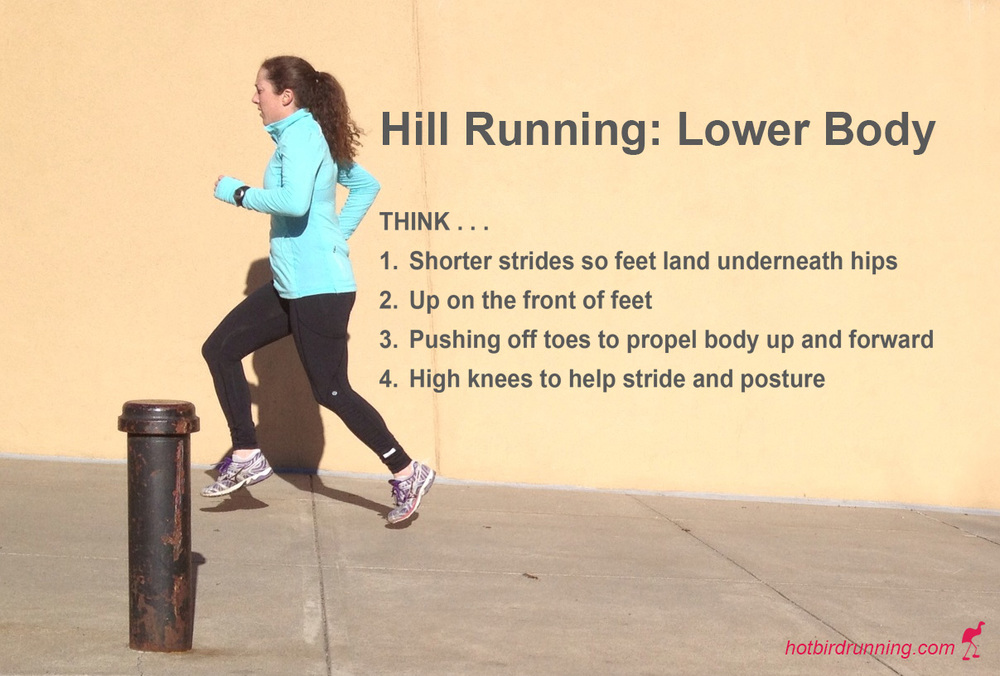Running Hills Tips
Running hills can boost endurance and strength; maintain an even pace and focus on breathing technique. Hill running presents a challenging yet rewarding workout that can enhance your overall running performance.
The incline helps strengthen both your lower body muscles and cardiovascular system, leading to improved power and stamina. Incorporating hill training into your routine can also help prevent overuse injuries by varying the stress on your body. By maintaining proper form and pace on uphill climbs, you can build mental resilience and physical strength that will benefit you during flat races as well.
With the right approach and consistency, hill running can be a valuable addition to your training regimen.
Benefits Of Running Hills
Discover the numerous benefits of incorporating hill running into your fitness routine. Running hills helps improve cardiovascular endurance, strengthens leg muscles, and burns more calories compared to flat terrain. Increase your speed and stamina while enjoying the scenic views.
Running hills offers a plethora of benefits that can significantly enhance your overall running performance. From improving cardiovascular fitness to building leg strength, conquering those inclines can work wonders for your body and soul.Improves Cardiovascular Fitness
Running hills is an exceptional cardiovascular workout that challenges your heart and lungs. The act of running uphill requires increased oxygen consumption, leading to a greater cardiovascular demand. This, in turn, helps enhance heart health and endurance, leading to improved overall fitness levels.Builds Leg Strength
Running uphill engages your leg muscles in a way that flat terrain simply can’t. As you power up the incline, your quads, glutes, and calves are forced to work harder, ultimately leading to enhanced lower body strength. This not only benefits your running performance but also contributes to overall lower body muscular development and tone.Preparing For Hill Running
Warm-up Properly
Start your run with a dynamic warm-up to prevent injury.
Increase Mileage Gradually
Slowly build up your distance to improve hill running performance.
Techniques For Running Up Hills
Maintain An Upright Posture
Keep your back straight to optimize breathing and energy efficiency.
Engage your core muscles for stability and balance while climbing.
Shorten Your Stride
Take shorter steps to prevent overexertion and reduce strain on your knees.
Ensure each step lands on the balls of your feet for better propulsion.
Remember, hills provide an excellent opportunity to build strength and mental resilience in your running journey!

Credit: www.roadrunnersports.com
Strategies For Running Down Hills
When it comes to hill running, the downhill stretch can be just as challenging as the uphill climb. Proper techniques are essential to prevent injury and maintain optimal performance. Here are some effective strategies for running down hills:
Lean Forward Slightly
When running downhill, it’s important to maintain a slight forward lean to help counteract the force of gravity and prevent the risk of falling backward. Keeping a forward-leaning posture allows you to maintain control and stability as you descend the hill.
Take Shorter Steps
One effective technique for downhill running is to take shorter, quicker steps to help control your speed and reduce the impact on your joints. By adjusting your stride length, you can better manage the downhill descent and minimize the risk of knee and ankle injuries.
Safety Tips For Hill Running
For hill running safety, ensure proper warm-up, wear appropriate shoes, and be aware of the terrain. Use a shorter stride and keep a steady pace to avoid injury. Stay hydrated and maintain good form to optimize your hill running experience.
When it comes to hill running, safety should always be a top priority. As a runner, it’s essential to take the necessary precautions to prevent any injuries or accidents. Here are some crucial safety tips to keep in mind before you hit the hills:
Wear Proper Footwear
Wearing the right shoes can make all the difference when it comes to hill running. Make sure to invest in a pair of running shoes that provide excellent support and traction. Look for shoes with a sturdy outsole and good grip to help you maintain stability on steep inclines and slippery surfaces. Additionally, ensure that your shoes fit properly and are comfortable to prevent blisters and foot pain.
Be Mindful Of Your Surroundings
When running hills, it’s important to stay aware of your surroundings to ensure a safe and enjoyable experience. Keep these tips in mind:
- Before starting your run, familiarize yourself with the route and any potential hazards. Look out for uneven surfaces, potholes, or loose gravel that could cause trips or falls.
- Observe your environment as you ascend and descend. Pay attention to any oncoming traffic, pedestrians, or cyclists to avoid any collisions.
- If you’re running in a dimly lit area, wear reflective clothing and consider using a headlamp or a light attachment to make yourself more visible to others.
- Stay alert and avoid distractions such as headphones that may prevent you from hearing any approaching vehicles or other potential dangers.
By being mindful of your surroundings, you can minimize the risk of accidents and ensure a safer running experience.

Credit: runnersconnect.net

Credit: sunriserunco.com
Frequently Asked Questions On Running Hills Tips
How Can I Improve My Hill Running Technique?
Improving your hill running technique can be achieved by incorporating hill repeats into your training, focusing on proper posture and form, and using shorter strides while engaging your core muscles.
Are There Any Benefits To Running Hills?
Yes, running hills offers numerous benefits such as increased muscular strength and power, improved cardiovascular endurance, enhanced running technique, and the opportunity to burn more calories in a shorter amount of time.
How Often Should I Include Hill Training In My Running Routine?
To get the most out of your hill training, it is recommended to include it in your running routine at least once or twice a week. However, the frequency may vary depending on your fitness level and goals.
Conclusion
Incorporating hill running into your workout routine can significantly improve your overall performance and endurance. By following these tips, you can make the most out of your hill running sessions and achieve better results. Keep pushing yourself and enjoy the benefits of this challenging yet rewarding form of exercise.





